
NEPAL 2022

This is a fragment of Kathmandu, the capital of Nepal and the biggest and most populated city in the Himalaya.
^ ^^^

In the year 2015, central Nepal was hit by a very strong Earthquake, that destroyed and damaged structure of many houses. Most buildings have been reconstructed but the process is still going on.
^ ^^^

^ ^^^

Buildings, that may pose danger of collapse or crumbling are covered and wait for either a total demolition or renovation.
^ ^^^

Outskirts of Kathmandu.
^ ^^^

^ ^^^

Swayambhu stupa.
^ ^^^

Mahankala a Nepali form of Shiva as the Lord of time and death.
^ ^^^

^ ^^^

^ ^^^
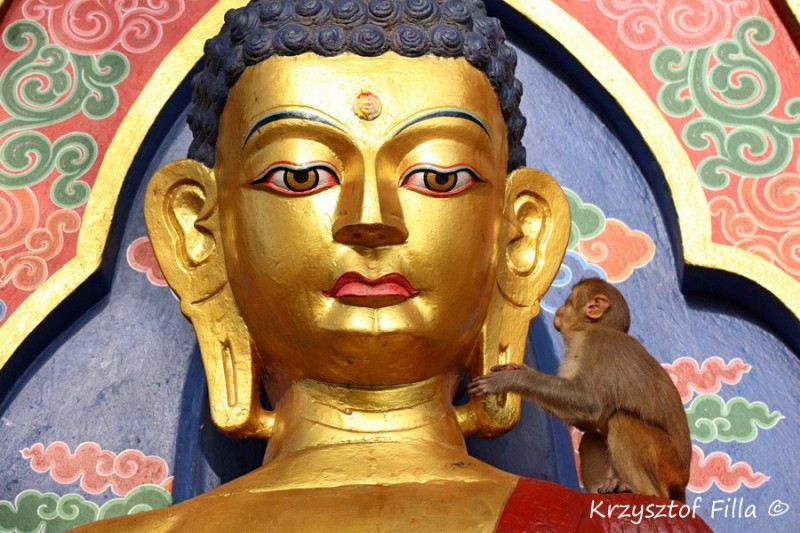
Golden Buddha at the Swayambhu entrance.
^ ^^^

In some temples, both Hindu and Buddhists devotee burn offerings to the gods.
In this bowls, it is important to stir the cotton wicks to inflame the fire.
^ ^^^

Prayer wheels pushed into rotation send written on them prayers to the gods.
^ ^^^

Stairs to the Swayambhu hill.
^ ^^^

^ ^^^

Hanging prayer flags along the way to the holy hill with the Stupa Swayambhu.
^ ^^^
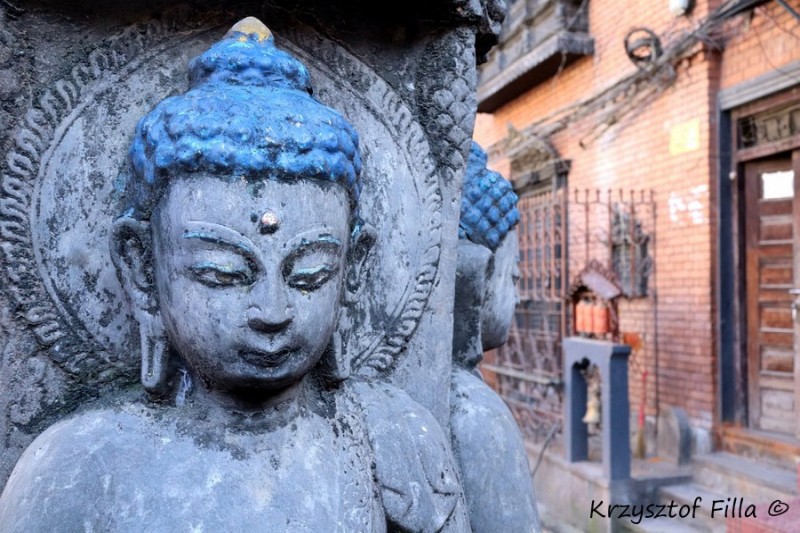
^ ^^^

One of many statues on a shopping street in Kathmandu.
^ ^^^

Garlands of flowers sold to decorate places, mainly shrines. One can buy garlands of real flowers or phoney ones made of plastic.
^ ^^^

Kathmandu has a tourist district called Thamel, with many shops selling souvenirs.
^ ^^^
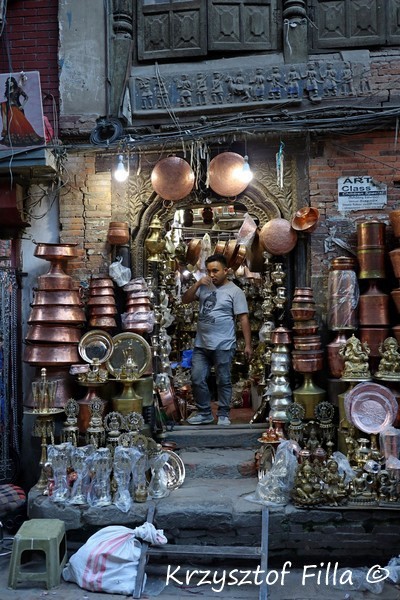
^ ^^^

Momo is a traditional, very popular tibeto-Nepali meal.
These are mostly steamed dumplings stuffed with meat or vegetables.
^ ^^^

^ ^^^

Home made rice noodles.
^ ^^^

In Nepal, according to the ayurvedic tradition, a piece of pickles should be served with every meal. A woman selling varieties of home made pickles.
^ ^^^

^ ^^^

^ ^^^
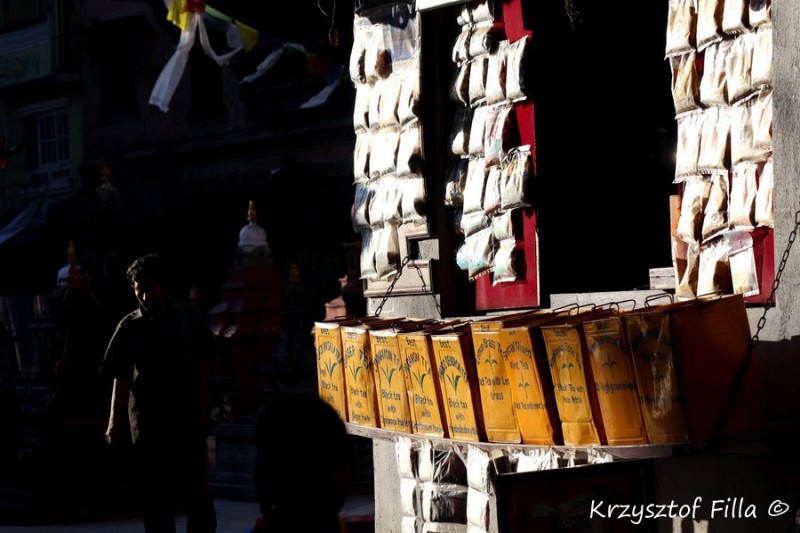
A street stall selling varieties of tea leaves. It worth mentioning, that tea is the most popular drink in Asia. Nepalese drink it sweet with milk and ginger.
^ ^^^

A street in Kthmandu.
^ ^^^

A street in Kthmandu.
^ ^^^
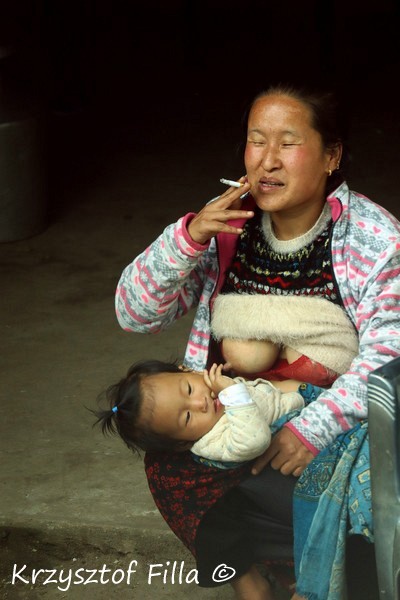
In comparison to other countries, in Nepal, I saw many women smoking cigarettes,
often pregnant or breast feeding.
^ ^^^

A street life in Kthmandu.
^ ^^^

A dhunge dhara or Hiti are ancient places for people of the city to obtain clean water that is delivered to the city by underground canal systems from the nearby hillocks.
^ ^^^

Bouddha stupa is the biggest stupa in Nepal and the holiest place for Budhists in Kathmandu. Every dawn and dusk a large numbers of devotees walk clockwise around the structure.
^ ^^^

Bouddha stupa.
^ ^^^

Bouddha stupa.
^ ^^^
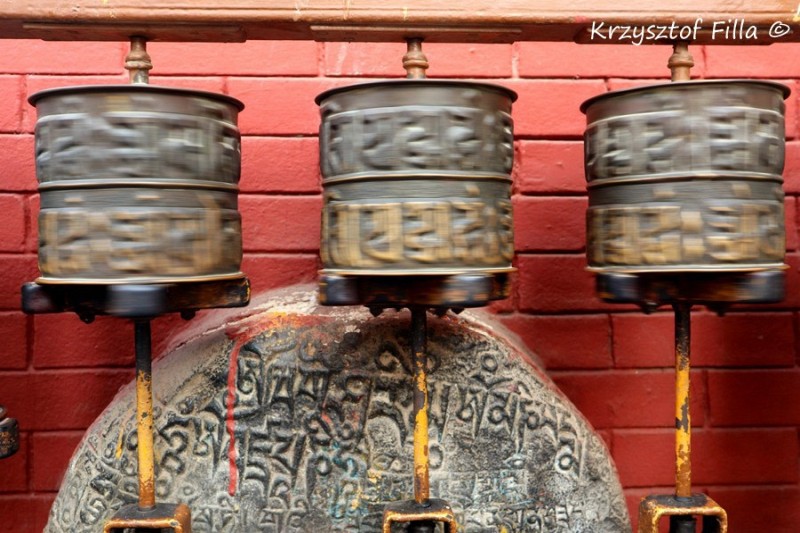
Prayer wheels pushed into rotation send written on them prayers to the gods.
^ ^^^

^ ^^^

Buddhists walking around the Bouddha stupa worshiping every element of the place.
^ ^^^
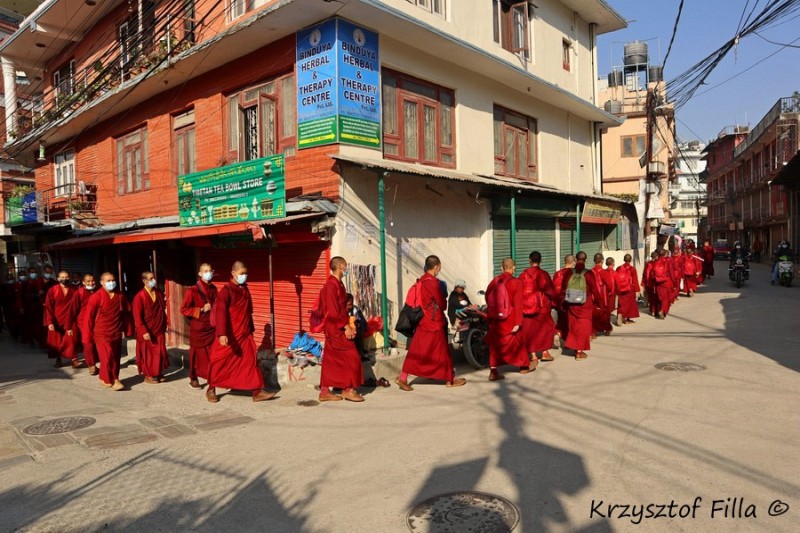
Buddhist monks walking in a single file.
^ ^^^

There are about 50 monasteries in the vicinity of Bouddha stupa.
^ ^^^

A Buddhist monk drinking a cap of morning tea.
^ ^^^

^ ^^^

Pashupatinath complex with raising plumes of smoke from funeral pyres.
^ ^^^

A funeral pyre serviced and looked after by a professional making sure, the whole human body remains are burned. Behind the Bagmati river, where the ashes are pushed and on the other side there is Pandra Shivalaya terrace.
^ ^^^

A bramin, a Hindu priest.
^ ^^^

Burning funeral pyres at the bank of Bagmati river in Kathmandu.
^ ^^^

At the bank of the river on designated spot, priests and family perform the last riots, farewell ceremonies. For example, they pour water into the mouth of the deceased and wash his feet in the river, before placing the body on the pile of timber.
^ ^^^

^ ^^^

The man in white robes is the father of his deceased boy (22 years old).
He sets fire under the pyre with the corpse of his son.
^ ^^^

Once the fire is on, usually the family leaves and the person in charge accomplishes the turning of human body into ashes.
^ ^^^

Garlands of flowers sold to decorate the the funeral pyres.
^ ^^^

A statue of Hanuman, the monkey like god. One of the main characters of the popular Ramayana epic.
^ ^^^

A row of Shiva lingams, a hindu symbol of the Lord Shiva.
^ ^^^

A complex of Shiva shrines at the hill next to Pashupatinath Temple.
^ ^^^

A complex of Shiva shrines at the hill next to Pashupatinath Temple.
^ ^^^

^ ^^^

^ ^^^

Instead of commuters, riksha drivers often transport goods to shops.
^ ^^^

^ ^^^

^ ^^^

Bhairabnath Temple by the main Taumadhi square of Bhaktapur, adjoining town of Kathmandu.
^ ^^^

Bhaktapur.
^ ^^^

The lingam of Shiva during morning Puja (warship rituals) is often decorated with flowers. Devotees pour water or milk from special receptacles (like teapot) over an erected linga.
^ ^^^

Some worshipers are very generous with flowers. After ablution, they decorate the symbol of Shiva with many flowers.
^ ^^^

During festivals, people leave massive amount flowers, red tika powder, fruits and even money on the symbolic phallus of the Lord Shiva.
^ ^^^

Half man, half elephant god, whose name is Ganesha. He is an offspring of Shiva and his consort Parvati.
^ ^^^

Gods in Hinduism usually have some mean of transportation. Ganesha traveled on a rat therefore this animal is often depicted in temples dedicated to Ganesha.
^ ^^^

^ ^^^

^ ^^^

^ ^^^

Young Buddhist monks in Bhaktapur.
^ ^^^

^ ^^^

^ ^^^

^ ^^^
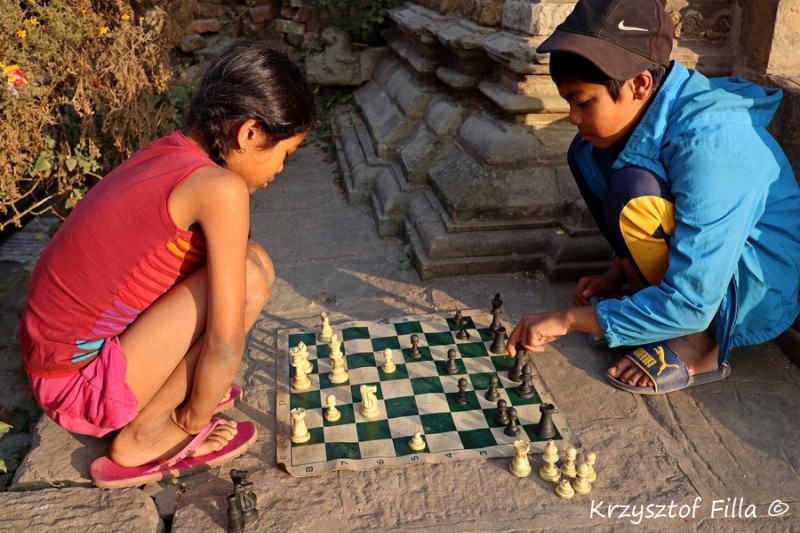
^ ^^^

This statue of elephant has a distinctive horn on its head. I have seen only women who tried to reach and grab the horn leaning backwards from the back of the elephant. I presume, it is some method of faith to ensure fertility. It is by Changu Narayan temple which is the oldest in the country dated from 4 AD.
^ ^^^

It is me at the beginning of a trekking to the summit of Mohare danda 3300 m a.s.l..
^ ^^^

^ ^^^

A little settlement mainly for tourists at the top of Mohare danda 3300 m a.s.l..
^ ^^^
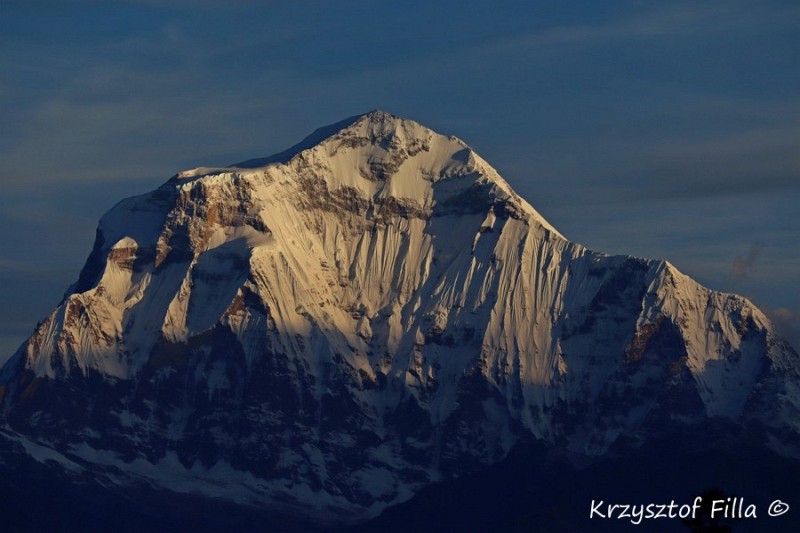
Dhaulagiri (8167 m a.s.l.).
^ ^^^

Dhaulagiri (8167 m a.s.l.) the seventh highest mountain of the world.
^ ^^^

^ ^^^

^ ^^^

The foothills of Himalayas have very dense vegetation due to the heavy rainfall during the monsoon that is blocked by the hills.
^ ^^^

Local women, on a forest trail, returning from mushroom picking.
^ ^^^

^ ^^^

Some type of jelly fungus.
^ ^^^

^ ^^^

^ ^^^
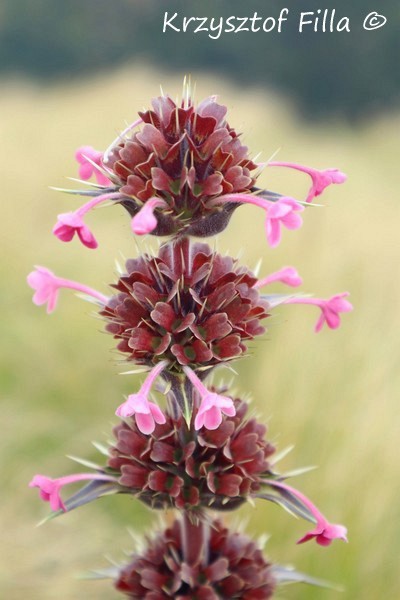
^ ^^^

The end of the monsoon season sometimes prolongs itself and transportation through the mountains can be very challenging at times.
^ ^^^

Many roads in cities or in the country are in condition of continuous construction.
^ ^^^

Pokhara.
^ ^^^

^ ^^^

World Peace Pagoda also called Shanti Stupa near Pokhara.
^ ^^^
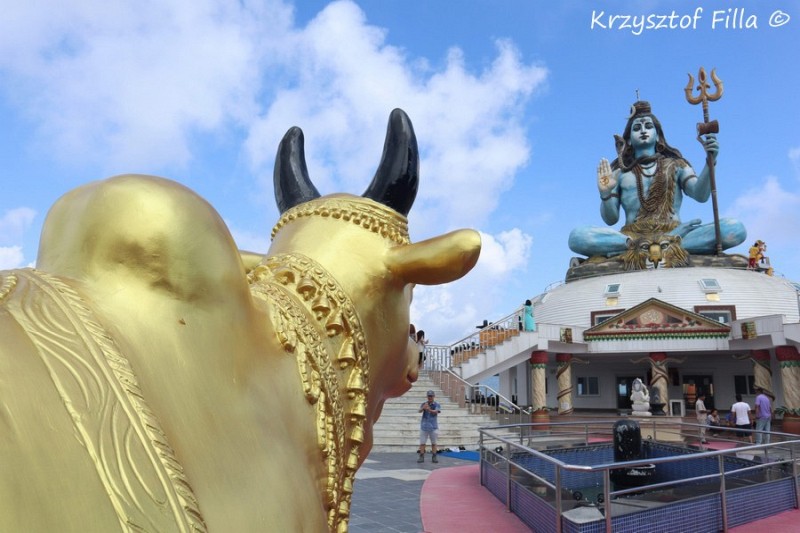
In front of every or almost every temple dedicated to Lord Shiva there is a bull Nandi that Shiva used as his mean of transportation.
^ ^^^

Pumdikot Shiva Statue is 15.5 m. high. Its construction accomplished in the year 2021. It is on a top of a hill near Pokhora.
^ ^^^

A young bramin learning the profession of priesthood. The 3 horizontal lines, called tripundra on his forehead mean, that he belongs to the branch of Hinduism, that pays special homage to the Lord Shiva and the devotees are called Shaivists.
^ ^^^

Lumbini is a birth place of the Lord Sidardha Gautama known as the Buddha. For all Buddhists around the word it is a special place and it's one of the 4 holist sites. As in the other sites Buddhist countries build their monastery on the site. The white edifice in the picture, it is European Monastery built by Austro-Swiss foundation.
^ ^^^

The interior of The Great Lotus Stupa in Lumbini founded by Germany.
^ ^^^

The interior of The Great Lotus Stupa.
^ ^^^

Hinduism reveres cows. They defiantly take the advantage of it and chew their cads, relaxing in the middle of a street.
^ ^^^
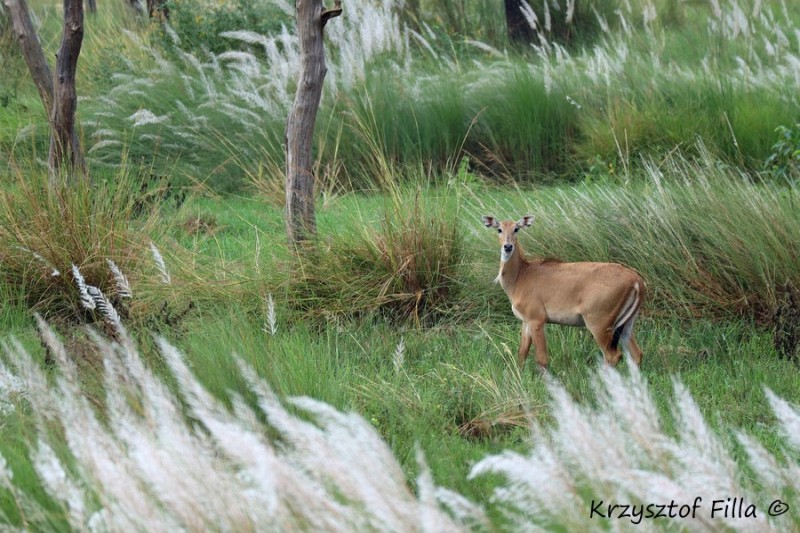
Nilgai (Boselaphus tragocamelus) is the name of the antelope living along the border between India and Nepal. Its environment is an open grassland, so they often come into conflict with farmers. They are considered by them as pests and the numbers are on decrease.
^ ^^^

Nilgai antelope (Boselaphus tragocamelus).
^ ^^^

^ ^^^

^ ^^^

Mani stones or prayer stones, are bas reliefs placed in rows in many places around the county.
^ ^^^

^ ^^^
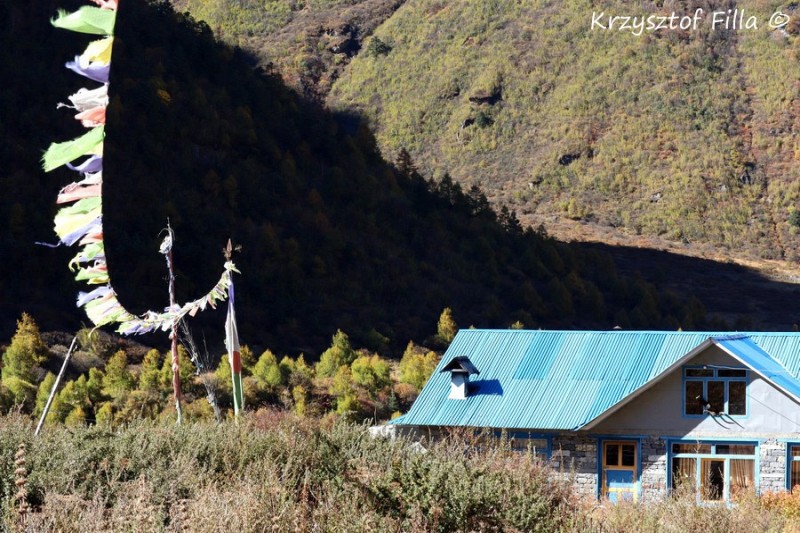
^ ^^^

Langtang Valley was hit very hard by the earthquake in 2015. Most, if not all, houses and lodges were rebuild. Some retained traditional elements, but some are built in a new, completely western style.
^ ^^^
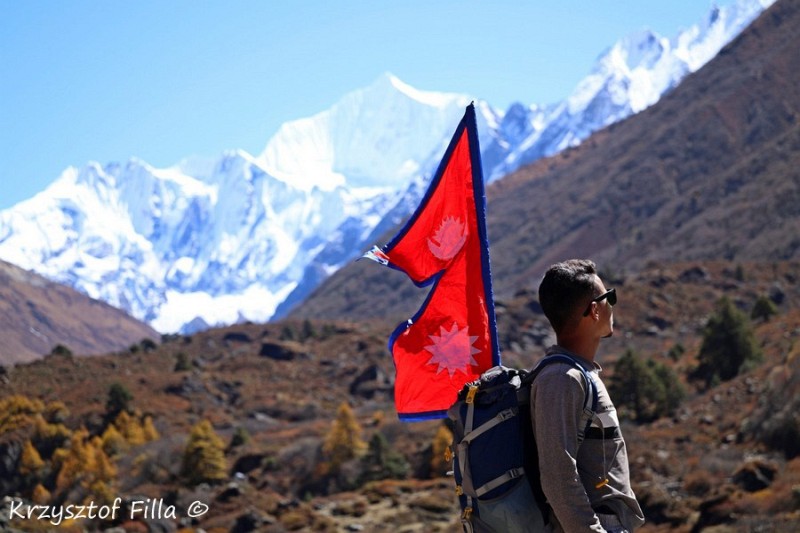
After the lock downs of 2020/21 when people were forcefully detained in their homes, many decided to experience some freedom in the mountains. In short time, almost national trend develop among middle and upper class to do hiking and even climb the Himalayan high top summits.
^ ^^^
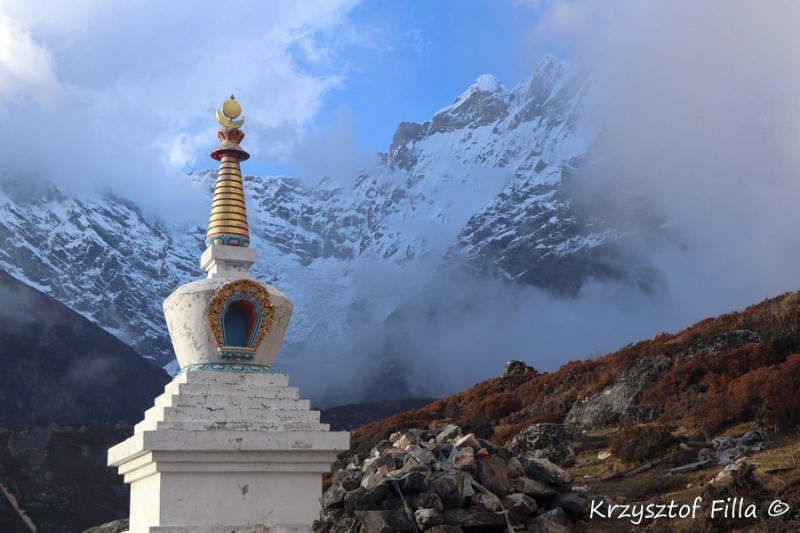
A stupa in the mountains near Kyangjin Gompa hamlet.
^ ^^^

^ ^^^
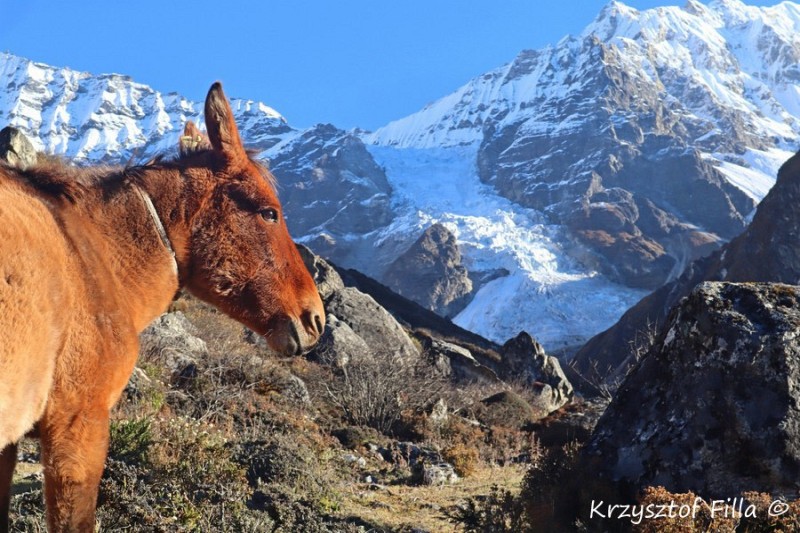
Up to 4 000 m a.s.l. transport of goods, mainly food, is carried on donkeys. Above the altitude, yaks take over due to their adaptation to function in the thin air.
^ ^^^

^ ^^^
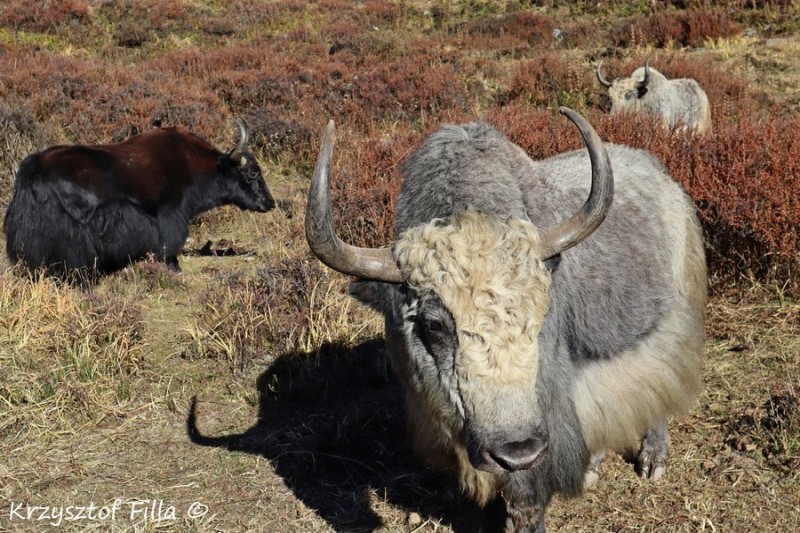
During summer, yaks are pastured at higher lands, however for the winter females are herded into small groups and driven to lower elevations to about 3-3.5 thous. m .
^ ^^^

Female yaks are driven to lower elevations for the winter time.
^ ^^^

In Lantang Valley, the village Kyangjin Gompa is the final village with accommodation at over 4 thousands meters above sea.
^ ^^^

According to old inhabitants of the valley, 20 years ago, the snow line was about 100 meters lower.
^ ^^^

^ ^^^

^ ^^^

Gosaikunda lake is situated 4380 m a.s.l. It is close to Tibet and most of the people living there, practice Tibetan Buddhism, but the lake, it is a holy site for Hindus. The object in the picture with hanging colorful ribbons is a trident a symbol of Lord Shiva.
^ ^^^

The trishula is the name for the holy trident, a weapon of Shiva. On the right side of the picture, the 4 faced phallus of Shiva standing net to the laske Gosaikunda.
^ ^^^
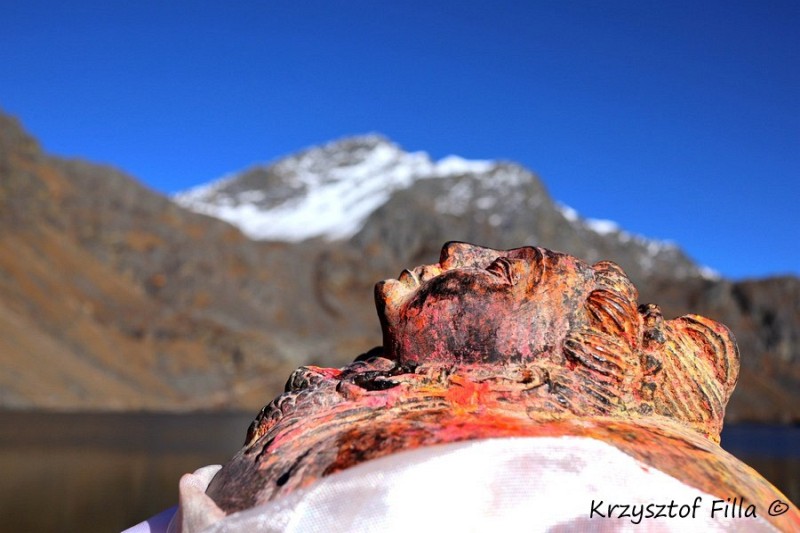
It is believed that Lord Shiva is the creator of the lake Gosaikunda. He hit the ground with his Trishul (holy Trident) into the mountain to extract the water to quench his thirst, so that he could cool his burning and dry throat, after he had swallowed some poison.
^ ^^^
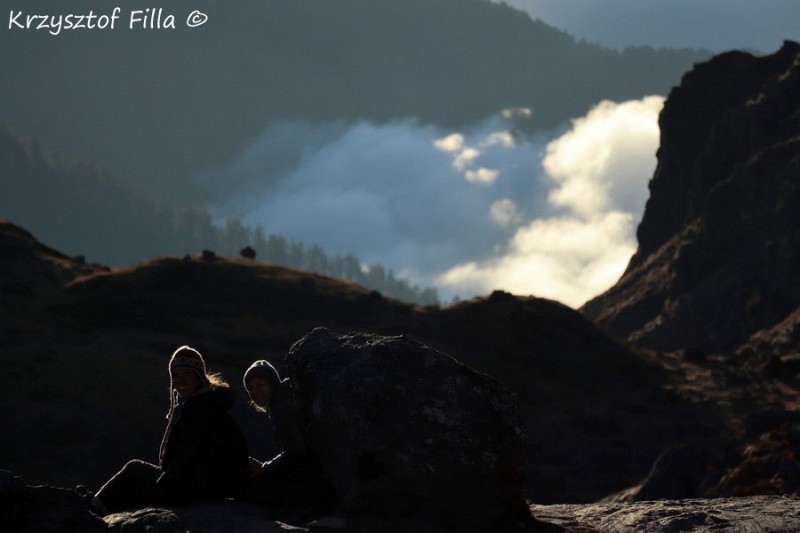
^ ^^^

^ ^^^

^ ^^^

^ ^^^

^ ^^^

^ ^^^

^ ^^^
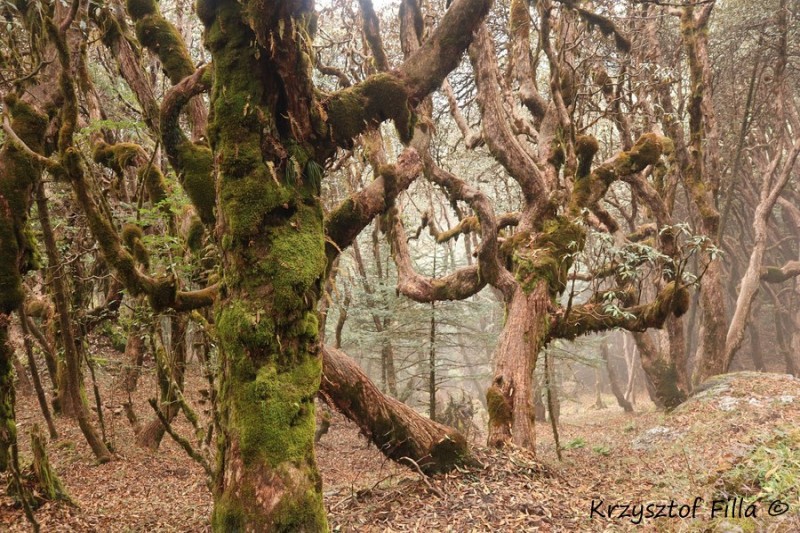
^ ^^^

A giant boulder with written on it mantra.
^ ^^^

^ ^^^

Pema Namding Monastery.
^ ^^^

Young monks studying the holy scriptures.
^ ^^^
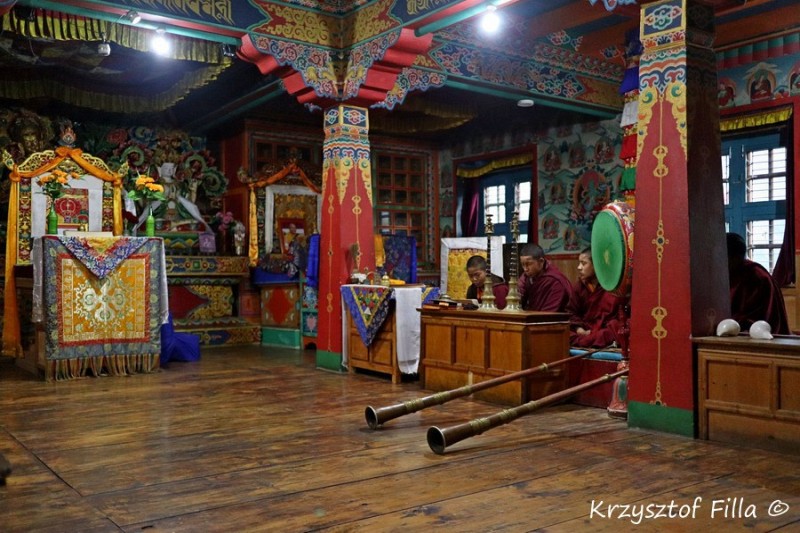
A morning prayer, in Pema Namding Monastery.
^ ^^^

^ ^^^

^ ^^^

^ ^^^

^ ^^^

^ ^^^

Tashi Sangag Chholing monastery in Panggom.
^ ^^^

Tashi Sangag Chholing monastery in Panggom.
^ ^^^

^ ^^^

Among cardamon fields.
^ ^^^
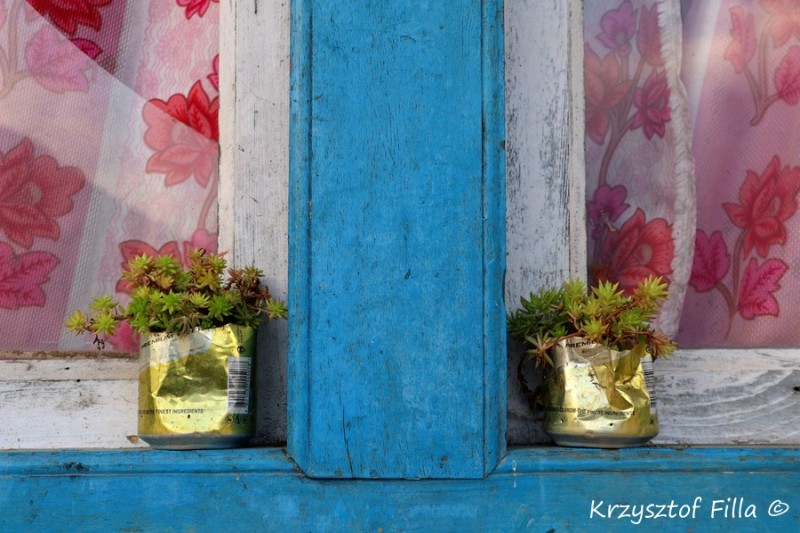
^ ^^^

^ ^^^

After threshing, the woman is separating the grain of millets from chaff.
^ ^^^

^ ^^^

^ ^^^
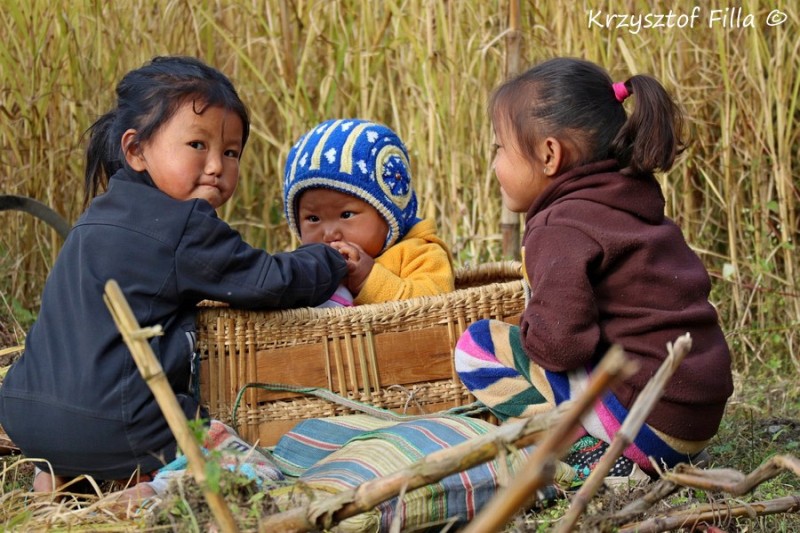
^ ^^^

^ ^^^

^ ^^^
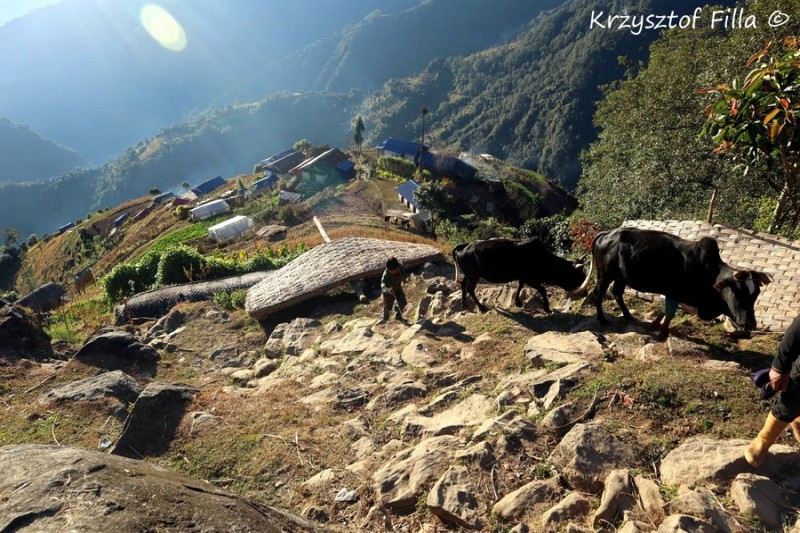
^ ^^^
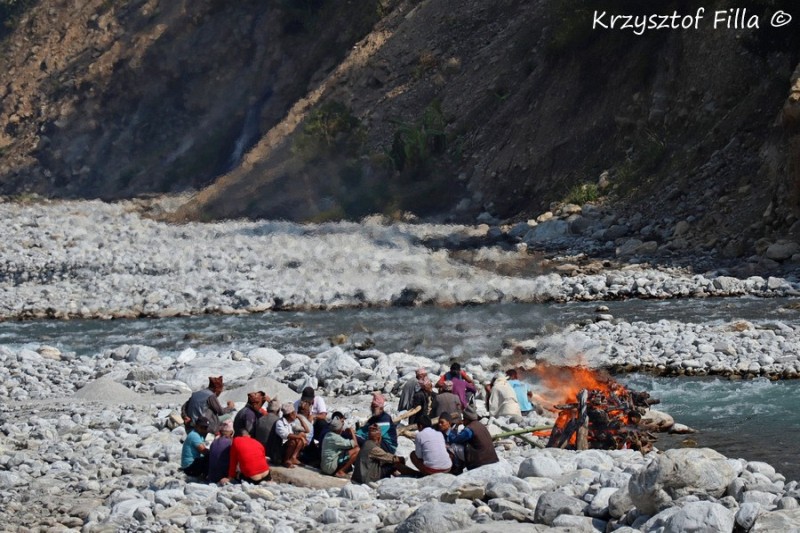
Bodies of dead humans are burned in crematories, sometimes in designated sites along the rivers but if somebody can not afford the transportation of a corpse into those places, the family burns the deceased by a bank of any river.
^ ^^^































































































































































